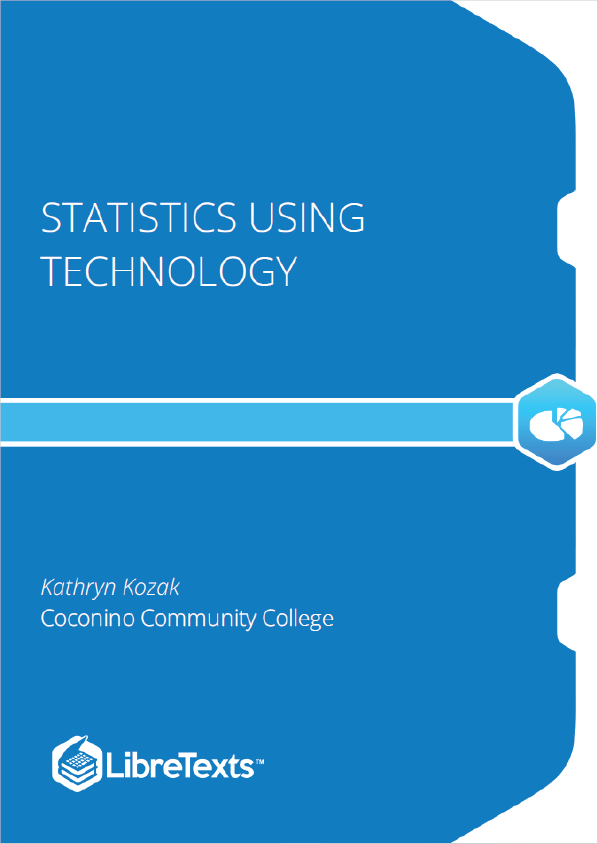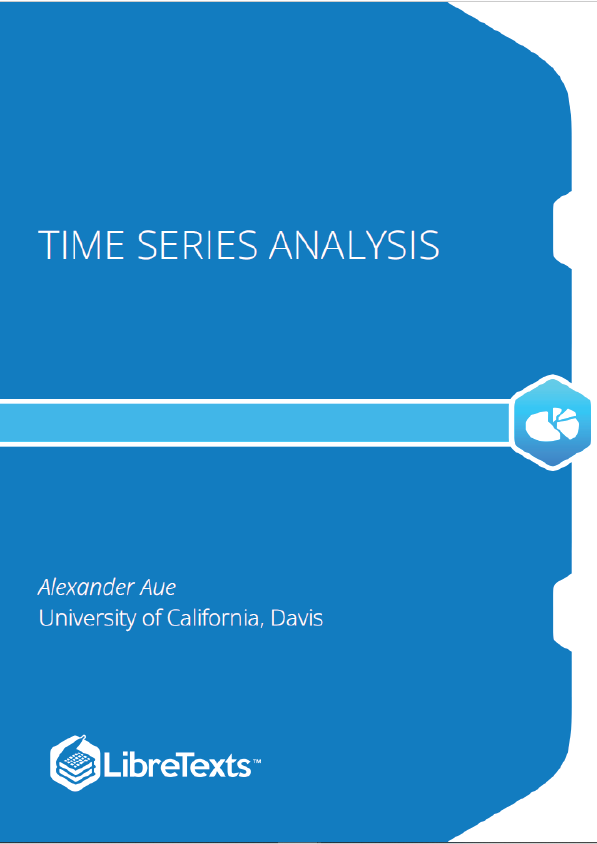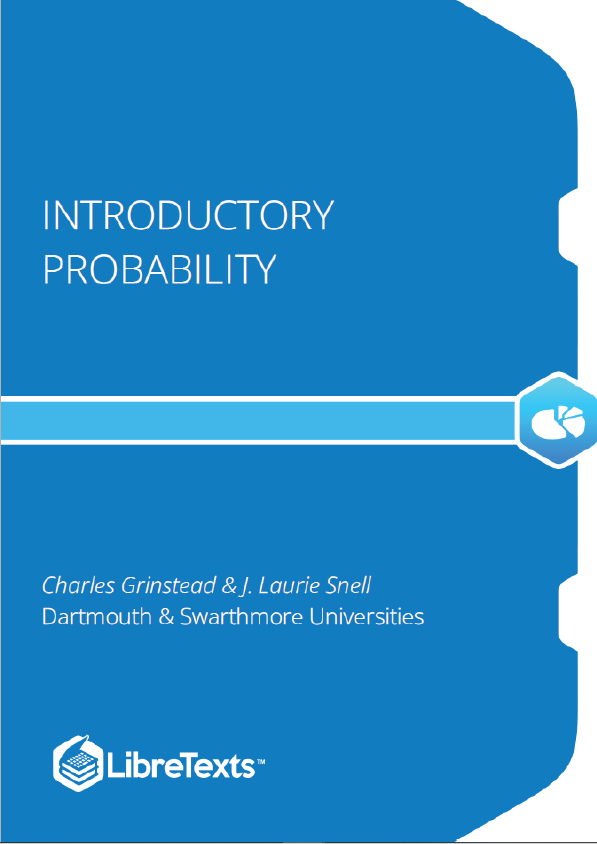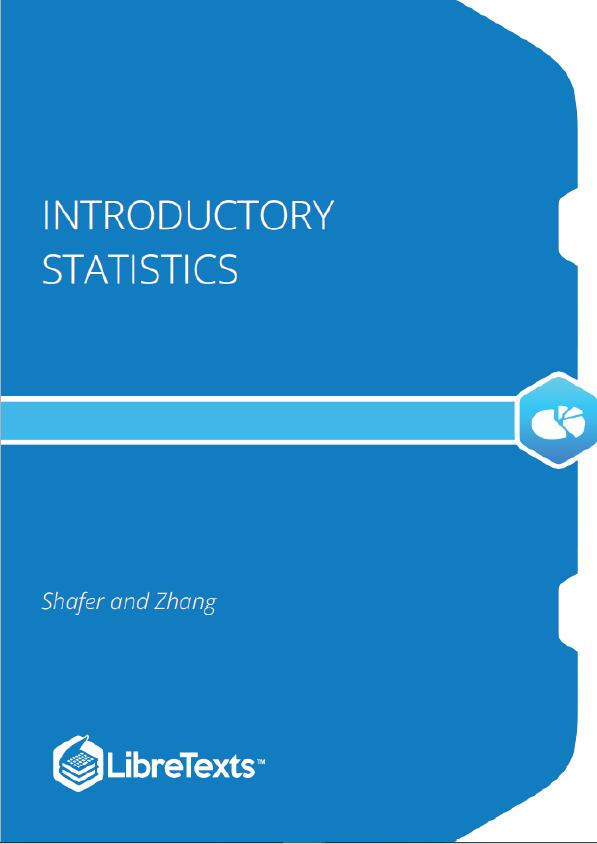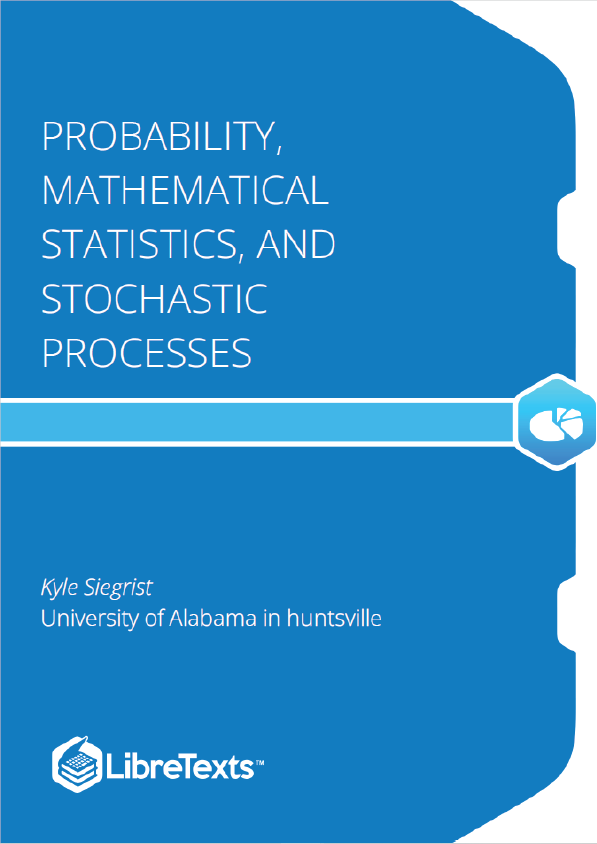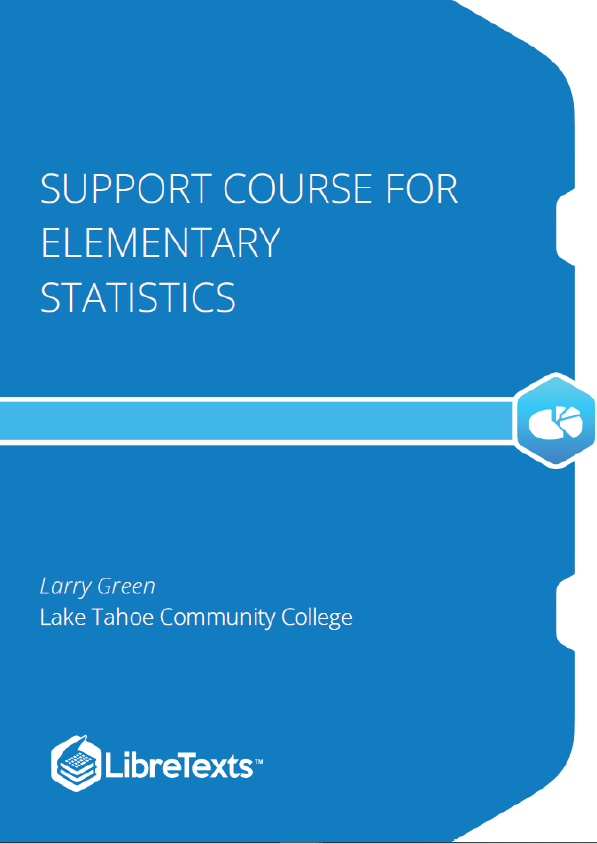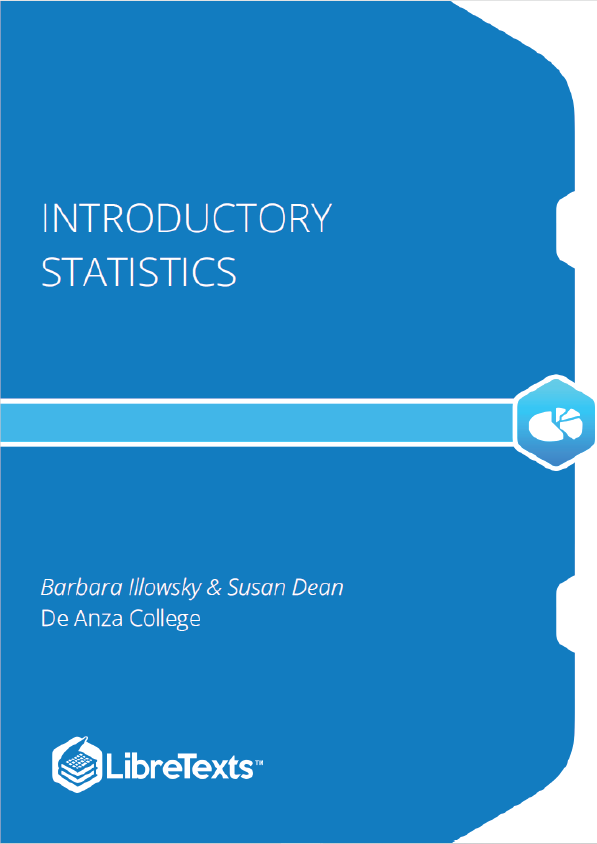Statistics With Technology, Second Edition, is an introductory statistics textbook. It uses the TI-83/84 calculator and R, an open source statistical software, for all calculations. Other technology can also be used besides the TI-83/84 calculator and the software R, but these are the ones that are presented in the text. This book presents probability and statistics from a more conceptual approach, and focuses less on computation. Analysis and interpretation of data is more important than how to compute basic statistical values.
What is Statistics?
You are exposed to statistics regularly. If you are a sports fan, then you have the statistics for your favorite player. If you are interested in politics, then you look at the polls to see how people feel about certain issues or candidates. If you are an environmentalist, then you research arsenic levels in the water of a town or analyze the global temperatures. If you are in the business profession, then you may track the monthly sales of a store or use quality control processes to monitor the number of defective parts manufactured. If you are in the health profession, then you may look at how successful a procedure is or the percentage of people infected with a disease. There are many other examples from other areas. To understand how to collect data and analyze it, you need to understand what the field of statistics is and the basic definitions.
There are two branches of statistics. One is called descriptive statistics, which is where you collect and organize data. The other is called inferential statistics, which is where you analyze and interpret data. First you need to look at descriptive statistics since you will use the descriptive statistics when making inferences.
To understand how to create descriptive statistics and then conduct inferences, there are a few definitions that you need to look at. Note, many of the words that are defined have common definitions that are used in non-statistical terminology. In statistics, some have slightly different definitions. It is important that you notice the difference and utilize the statistical definitions.
The first thing to decide in a statistical study is whom you want to measure and what you want to measure. You always want to make sure that you can answer the question of whom you measured and what you measured. The who is known as the individual and the what is the variable.
Notice, the population answers who you want to measure and what you want to measure. Make sure that your population always answers both of these questions. If it doesn’t, then you haven’t given someone who is reading your study the entire picture. As an example, if you just say that you are going to collect data from the senators in the U.S. Congress, you haven’t told your reader want you are going to collect. Do you want to know their income, their highest degree earned, their voting record, their age, their political party, their gender, their marital status, or how they feel about a particular issue? Without telling what you want to measure, your reader has no idea what your study is actually about.
